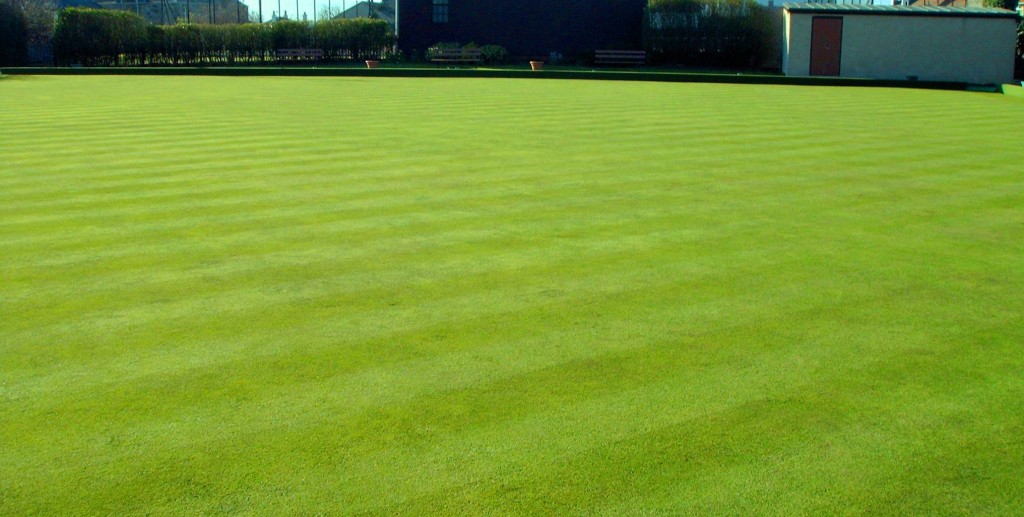Its time again for clubs to be thinking about the end of season maintenance program and many of these programs will follow “tradition” and will include the application of several tonnes of high sand content top-dressing.
However, one of the most prevalent problems on bowling greens in the UK is that of Localised Dry Patch LDP a condition that causes soil to become hydrophobic (water repellent) and which is undoubtedly related to excessive sand content in rootzone
The autumn renovation program is the only real chance clubs have to start to make inroads into the major problems with their greens and the only time when it is possible to make large corrections to thatch and compaction; and you’ve guessed it, thatch is another major problem associated with LDP.
Localised Dry Patch creates large dry areas on greens where grass dies back and the surface is disrupted. All attempts to re-wet these areas by watering the green are doomed to failure due to the water repellent nature of the underlying soil.
The application of yet more sandy top-dressing is not going to make this better; indeed it will in most cases make the problem worse next year.
It would be more beneficial to start the process of recovery by following a program that includes thatch reduction, wetting agent application and overseeding. All autumn programs should include the application of a granular fertiliser to correct any underlying deficiencies, usually a low N and high K product.
Where moss is a problem; and with LDP it usually is, you should use a proprietary moss-killer or lawn sand between 2 and 4 weeks before thatch removal work.


